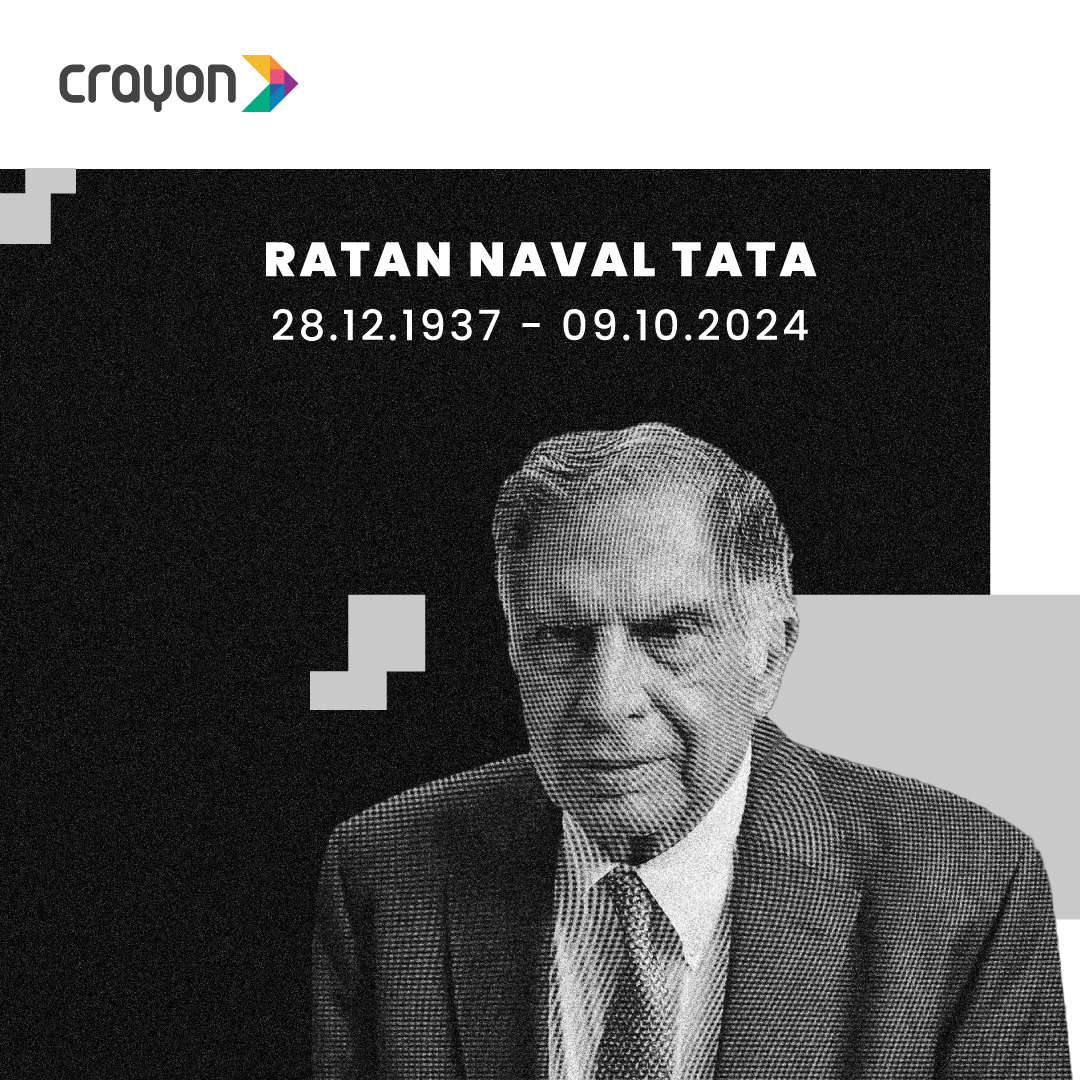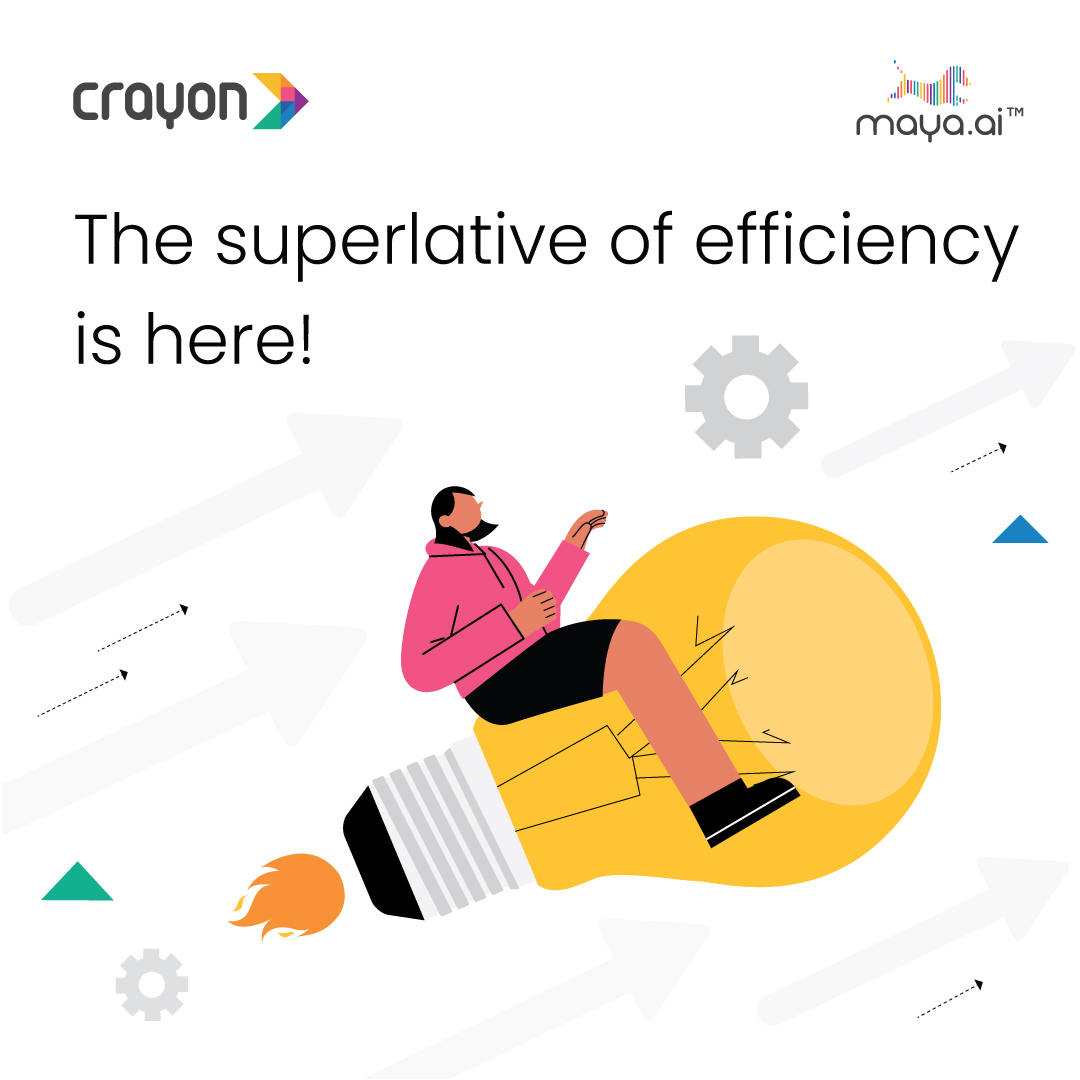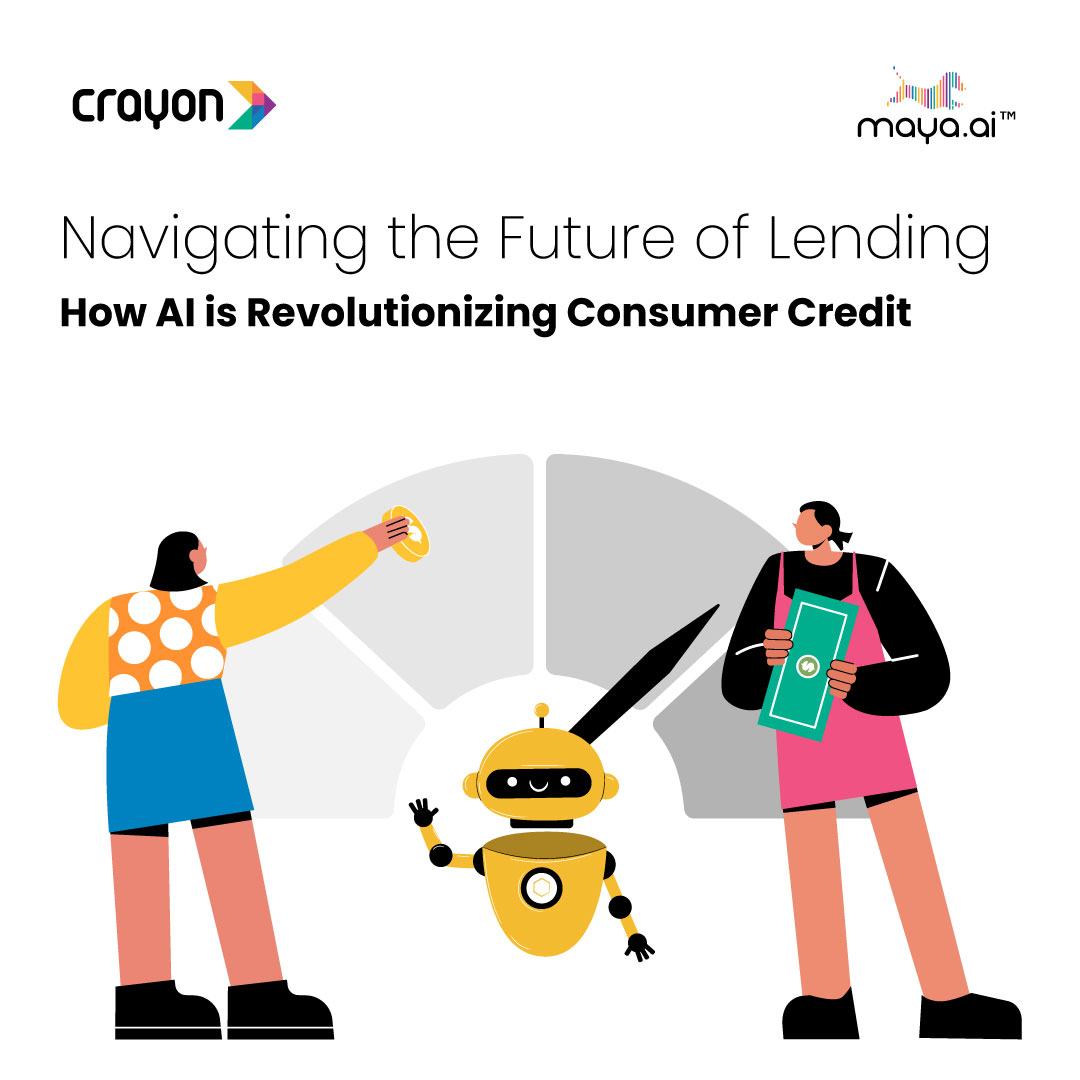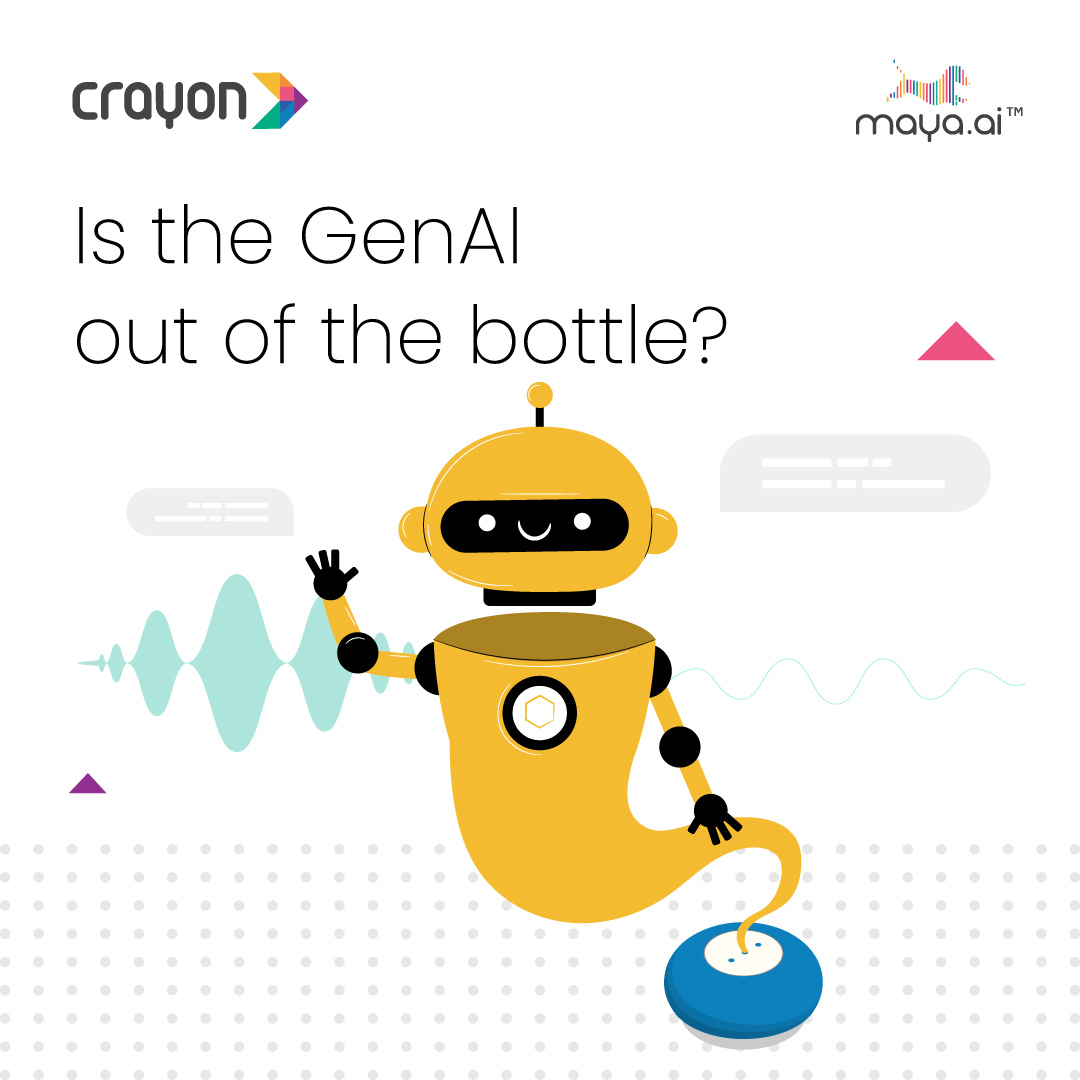Almost everyone over the age of 12 knows how babies are made. But big data is changing even that in a big way. At the very least, it’s making the process of getting pregnant a lot more predictable.
Today, Ovuline announced that more than 50,000 women have used its free Ovia Fertility app to help them get a bun in the oven. Thanks to Ovia’s data-based algorithms, they were able to conceive in about two months on average, CEO Paris Wallace said. That’s nearly three times faster than those who soldier on without the aid of science.
“Our mission is to use machine learning and big data sets to give women a clear, science-based roadmap that helps them conceive naturally and have a healthy pregnancy,” Wallace said.
Ovuline’s secret? It analyzes tens of millions of data points — everything from a woman’s basal temperature and blood pressure to her mood, food and the amount of sleep she’s gotten — and correlates them to the conditions that result in successful pregnancies. It will even grab some of this data from fitness trackers like the Jawbone UP or the Withings scales.
The app then helps calculate the optimal time to plant the seed — offering a daily fertility score and a forecast that provides advance notice for planning the magic moment.




